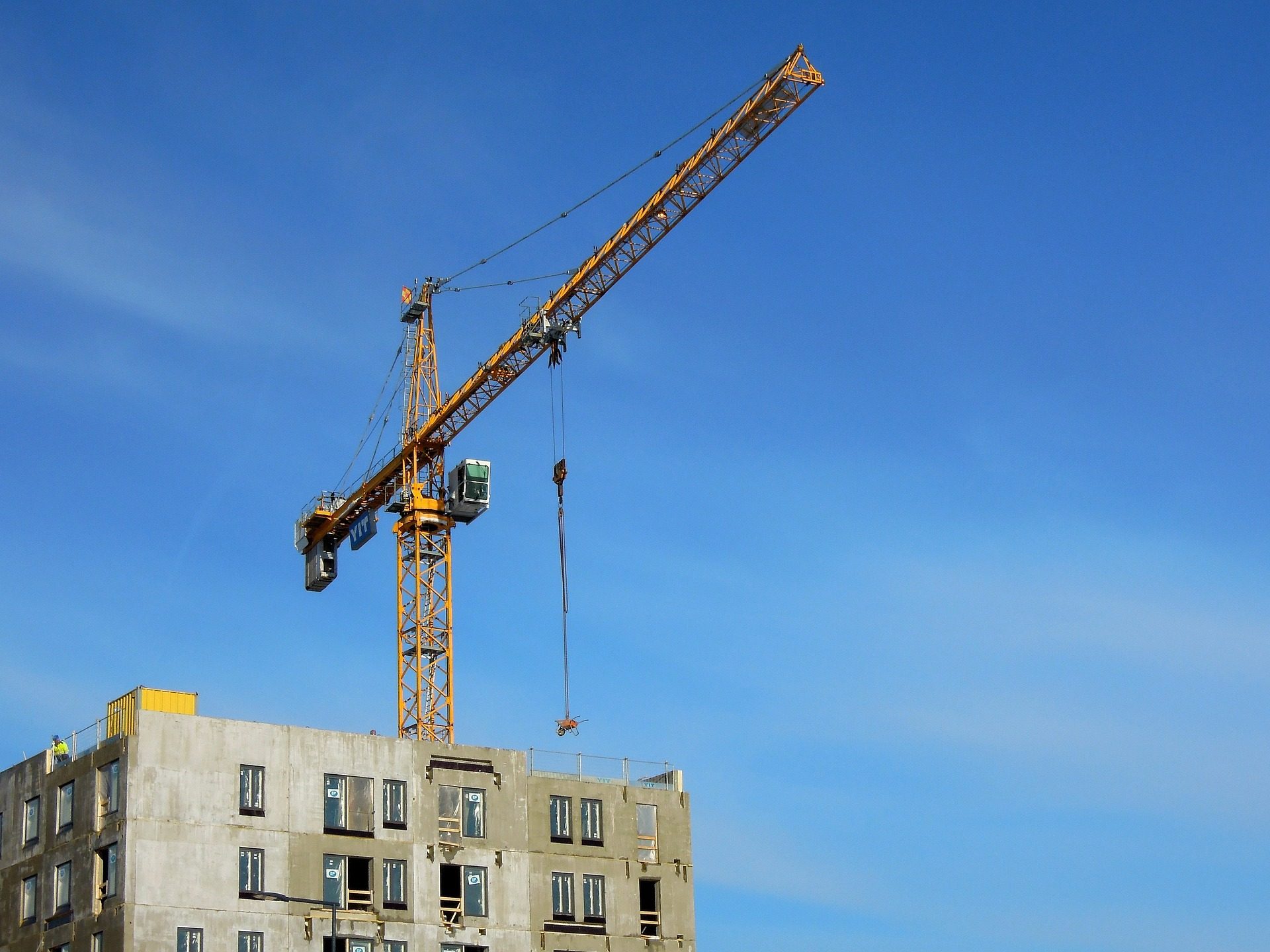Can Modular Construction Help Solve the Hospital Bed Shortage?
The method that has been used to build emergency hospital beds in China is now gaining steam in the U.S.
In U.S. cities hard-hit by the coronavirus outbreak, expanded hospital capacity is in urgent need, and that’s where modular construction can come in to get things built fast and at value, those in the industry say.
Cities including New York have quickly built field hospitals and repurposed event spaces to accommodate hospital beds. The buildings have included the 1.8 million-square-foot Javits Center in Manhattan, which typically hosts conferences and trade shows, as well as similar-sized convention centers in Dallas and New Orleans. In a suburb outside of Seattle, Wash., a field hospital was constructed on a turf soccer field, while New York’s famed Central Park became the site of a 68-bed field hospital.
But there’s one construction method that has been a buzzword in residential construction recently and that some in the industry say could help solve the problem of the lack of hospital beds, and it could do so fast and on budget.
READ ALSO: Medical Office Buildings Poised for Quick Recovery
“It can be done, and it has been done,” said Richard Lambeck, Clinical Associate Professor at New York University’s Schack Institute of Real Estate who teaches courses in construction methods, technology and management.
In Wuhan, China, where the coronavirus outbreak first originated, modular construction was used to build a 1,000-bed temporary hospital in early February. The facility reportedly took just 10 days to construct.
Lambeck also pointed to a 500,000-square-foot hospital addition built in 2010 using modular construction as a prime example of what can be done in the U.S. The $137 million Miami Valley Hospital cardiac center in Dayton, Ohio, was built as a 12-story addition to an existing hospital and is the first major hospital project to be built using pre-fab construction. Designed by the firm NBBJ and developed by Skanska, all 178 patient rooms were assembled at warehouses not far from the construction site and then put together onsite.
“There’s no doubt about it that it could be done now,” said Lambeck. “But to say that it would perfect? No, it wouldn’t. Everything is trial and error.”
Tackling challenges
The modular construction model is not without challenges. In residential housing, pre-fab units tend to have less complicated systems within them. But hospital facilities often require sophisticated equipment within each room. And for some cities, it may be faster and cheaper to retrofit existing buildings than to build something new.
But at least one firm in the U.S. is actively looking to work with states and localities to build hospital space fast. Architecture and design firm HGA has partnered with construction management firm The Boldt Co. on temporary care hospital units that can be prefabricated, deployed quickly and provide CDC-recommended isolation features.
The trademarked design is called the STAAT Mod system and the units and air quality within them are comparable to hospital quality isolation rooms and negative pressure rooms. Designers of the units say they can be completed and delivered to a construction site within three weeks, where they then take about a week to setup and start testing.
So far, the partnership has a contract with an undisclosed mid-Atlantic state that has ordered 64 private room modules in the form of four 16-bed hospitals. The first set of modules is expected to arrive onsite by April 24.
“We’re also viewing this not only as a short-term strategy to meet the surge, but also a mid-term strategy,” said Kurt Spiering, Principal & Healthcare Market Sector Leader at HGA, who leads the design effort on the system. “The product has a 10-year useful life. So, if this extends into next fall, the buildings will still be serviceable and operational.”
While not necessarily applicable to every city or state, modular hospital bed units represent an option for regions where there may not be many.
“We don’t know if it’s the right solution for everybody but it’s the solution that’s right for somebody,” said HGA National Healthcare Market Strategist Kate Mullaney. “Whether it’s a location where there’s not a hospital in close proximity or an urban hub going through a big crisis that needs isolation within a convention center.”








You must be logged in to post a comment.